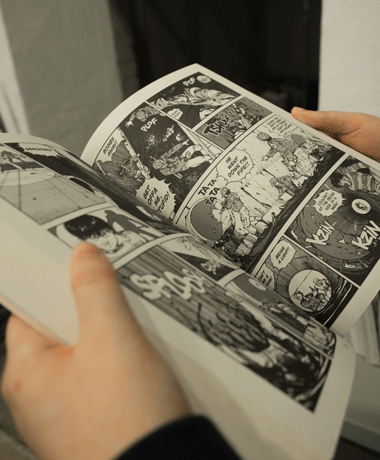When it comes to telling stories in business, different types of stories have different impacts.
It’s important to find out the type of impact you want to have before launching into your tale. Ask yourself, what kind of impression do you want to leave? What kind of reaction do you want to receive? Do you want more business, create a better connection with your audience or do you want your audience to become clearer about what you do?
The type of story you tell will give you the results you want.
If you’re unsure of what kind of story you should tell, we’ve put together four types of business stories and the impact they have.
Connection
A connection story allows you to form a bond with your audience. This bond creates trust between you and your audience, something which is needed in all businesses.
To find out how we can help your team tell better stories, request a consultation here.
The way to tell a connection story is to share something personal about yourself. Tell a story about an incident in your own life, from childhood or from something more recent.
The story should showcase your character, values and beliefs.

They could highlight successes, failures or turning points in your own life. These should correspond to your business and should show how one is related to the other.
Influence
An influence story allows you to change opinions about you or your business. It allows you to overcome any objections your audience may have about you. This can change the direction of your business. It can also shine a new light on what you do.
Instead of bombarding your audience with hard facts, arguments and speeches change their mind through storytelling.
Introduce your different point of view softly. Share a story which includes it. Make a case for this different way of thinking, including doubts about their current way of thinking. At the end make sure to give a call to action.
By doing this you’re allowing the audience to make their own conclusion from the story and naturally change their point of view.
Clarity
A clarity story allows you to get a new idea to stick. It allows you to overcome past failures and make your new idea or development a viable option.
This type of story has four different pieces:
- past context and results – what has gone before and what has happened. This gives context to your new idea and demonstrates it will not have the same failures as before.
- a change and its impacts – this will detail how this new idea and a change will benefit the company, the employees and the audience.
- new responsive behaviours needed – this details what will need to happen for the new idea to take shape, continue to grow and become successful.
- and future actions and success factors – this will detail the prospective path of the new idea, how it will grow, develop and what success it will achieve.

Success
A success story allows you to tell your audience about your own great work in an engaging way.
When telling this story it is important to tap into your audience’s emotions. Do this by introducing common emotions your character felt before and after success. Emotions like anxiety, frustration, pride and elation are ones your audience will have felt before and will be brought to when you tell your story.
Effectively communicating a success story will mean that your audience will bond with the story. They will also remember it and be more likely to share it further, thus increasing the awareness of your success.
